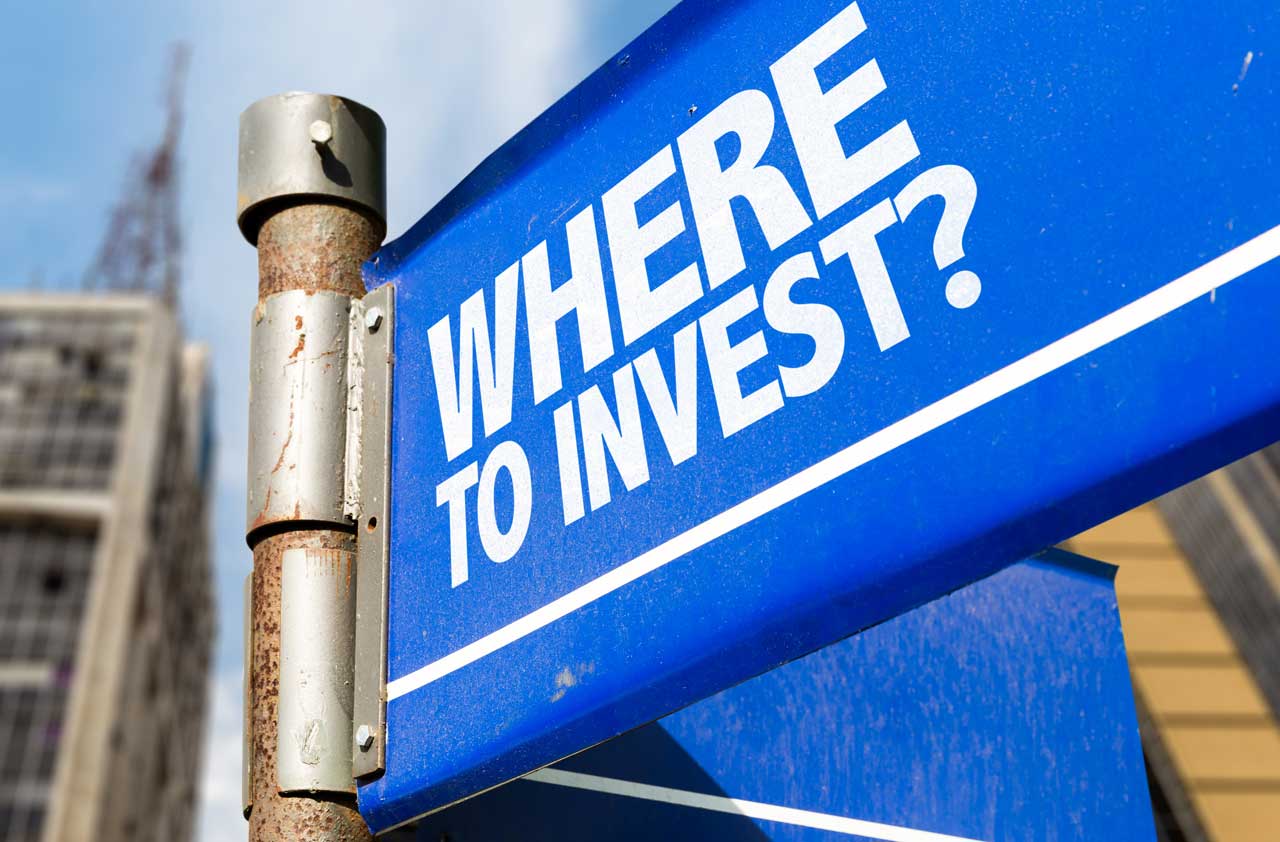I Add Two Bargains to My Portfolio
One pick, Lazard, is a global investment banking firm. Its reasonable share price provides a margin of safety.


Fresh from vacation, I recommitted myself to finding a few good stocks to buy with the nearly $51,000 that was sitting idle in the Practical Investing portfolio. I searched through dozens of analysts’ recommendations, only to reject one after the next because they were too pricey for this conservative, value-oriented investor. Then I picked up the August issue of Kiplinger’s and almost immediately found two well-priced stocks.
To backtrack a bit: A few stock sales in 2016 and early 2017 left the Practical Investing portfolio awash in cash. Roughly 15% of the now $351,741 portfolio had been sitting in a money market fund since the beginning of the year, just begging to be invested.
I was slow to do anything about it for a number of reasons, including discomfort with sky-high stock prices and the long duration of this bull market. There is no limit, of course, on how long a bull market can last. The one that started in October 1990 lasted a whopping 113 months before prices fell back to earth. The current bull market will become the longest on record if it keeps going until September 2018.
From just $107.88 $24.99 for Kiplinger Personal Finance
Become a smarter, better informed investor. Subscribe from just $107.88 $24.99, plus get up to 4 Special Issues

Sign up for Kiplinger’s Free Newsletters
Profit and prosper with the best of expert advice on investing, taxes, retirement, personal finance and more - straight to your e-mail.
Profit and prosper with the best of expert advice - straight to your e-mail.
That would mean little if stock valuations were still cheap—or if corporate sales and profits were expected to grow at a blistering pace. But they’re not.
Rich prices. The broad market’s price-earnings ratio, reflecting current share prices in relation to estimated corporate profits for the coming 12 months, is nearing a lofty 18. That tops the five-year average of 15 and the 10-year average of 14. Meanwhile, the projections for growth in corporate sales and earnings are uninspiring. Company revenues are expected to rise 5.4% and profits to climb 9.8% in 2017, largely on the back of a slowly recovering energy sector. (Prices and related figures are as of June 30.)
I would probably be less bothered by these figures if I were a growth investor; many such individuals somehow manage to make vast profits on highly valued stocks, such as Amazon.com (symbol AMZN). But my occasional investments in fast-growing companies have always ended in disaster.
Fortunately, I found some wonderful ideas in What 7 Top Pros Are Doing Now, from last month’s issue. One of those pros, John Rogers, manager of the Ariel Fund, has a strategy that’s similar to my own (and he’s a master at executing it). He recommended several stocks that I like. One, KKR (KKR, $19), I already own. I bought two others: Lazard (LAZ, $46) and Tegna (TGNA, $14).
Lazard is a Bermuda-based investment-banking and financial advisory firm that has operations all over the world. Although its businesses can be cyclical, the stock’s reasonable valuation provides a margin of safety. When I purchased 225 shares on June 23 for $45.22 apiece, the stock was selling for 13 times estimated year-ahead profits. Better yet, Lazard just hiked its quarterly dividend by 8%, to 41 cents, giving the stock a 3.5% yield at today’s price.
When I get nervous about stocks, I pay closer heed to payouts and a firm’s ability to maintain and, better yet, boost them. Dividends provide some comfort that my portfolio will grow at least a little, even if stock prices don’t appreciate. So Lazard’s yield is a plus.
Tegna operates television stations and websites. The stock is a bit of a gamble because the firm is restructuring to focus more on its TV properties, which account for a bit more than half of revenues. As part of the restructuring, Tegna spun off Cars.com, a shopping site, earlier this year in a deal that paid Tegna $650 million in cash. Tegna also agreed to sell a significant portion of its majority interest in CareerBuilder, which runs the job-search site, for $250 million, leaving Tegna flush with cash.
Profits will drop sharply this year as the result of those sales. However, the shares trade for just 10 times estimated earnings and have a yield of 1.9%. I picked up 1,000 shares at $14.53 each.
Kathy Kristof is a contributing editor to Kiplinger’s Personal Finance and author of the book Investing 101. You can see her portfolio at kiplinger.com/links/practicalportfolio.
Profit and prosper with the best of Kiplinger's advice on investing, taxes, retirement, personal finance and much more. Delivered daily. Enter your email in the box and click Sign Me Up.

-
 How to Plan a Microvacation That Actually Feels Restful
How to Plan a Microvacation That Actually Feels RestfulHow a simple long weekend can boost your mood, reduce stress and make winter feel shorter.
-
 We're retired and fight more than ever. Should we take a break?
We're retired and fight more than ever. Should we take a break?Can taking a break save a marriage? We asked professional relationship therapists for advice.
-
 Turning 59½: 5 Planning Moves Most Pre-Retirees Overlook
Turning 59½: 5 Planning Moves Most Pre-Retirees OverlookAge 59½ isn't just when you can access your retirement savings tax-free. It also signals the start of retirement planning opportunities you shouldn't miss.
-
 The Most Tax-Friendly States for Investing in 2025 (Hint: There Are Two)
The Most Tax-Friendly States for Investing in 2025 (Hint: There Are Two)State Taxes Living in one of these places could lower your 2025 investment taxes — especially if you invest in real estate.
-
 The Final Countdown for Retirees with Investment Income
The Final Countdown for Retirees with Investment IncomeRetirement Tax Don’t assume Social Security withholding is enough. Some retirement income may require a quarterly estimated tax payment by the September 15 deadline.
-
 How to Beef Up Your Portfolio Against Inflation
How to Beef Up Your Portfolio Against Inflationinvesting These sectors are better positioned to benefit from rising prices.
-
 Taxable or Tax-Deferred Account: How to Pick
Taxable or Tax-Deferred Account: How to PickInvesting for Income Use our guide to decide which assets belong in a taxable account and which go into a tax-advantaged account.
-
 Smart Investing in a Bear Market
Smart Investing in a Bear Marketinvesting Here's how to make the most of today’s dicey market.
-
 How to Open a Stock Market Account
How to Open a Stock Market Accountinvesting Investing can be fun, but you need a brokerage account to do it. Fortunately, it’s easy to get started.
-
 The Right Dividend Stock Fund for You
The Right Dividend Stock Fund for YouBecoming an Investor Dividend stock strategies come in many different flavors. Here's what to look for.
-
 Alternative Investments for the Rest of Us
Alternative Investments for the Rest of UsFinancial Planning These portfolio diversifiers aren't just for the wealthy.